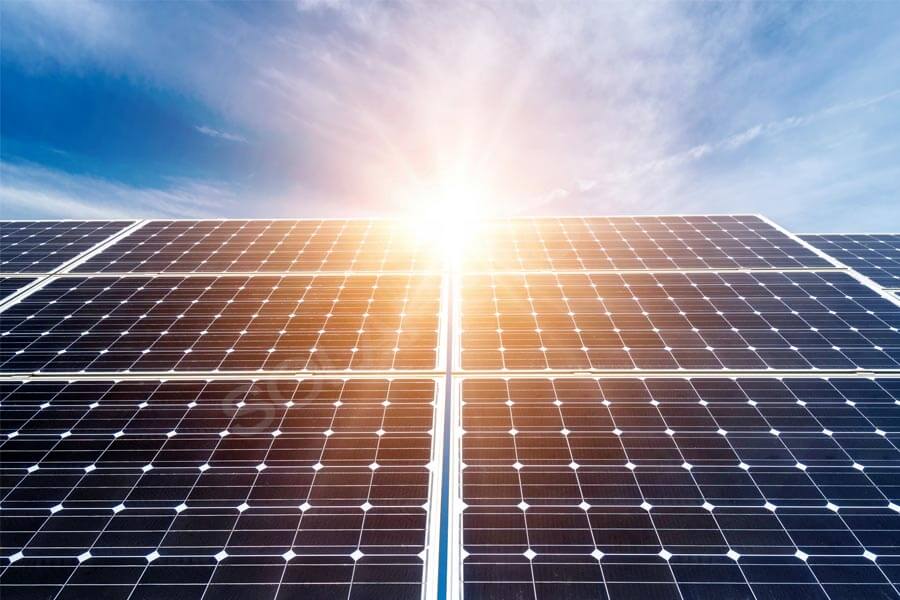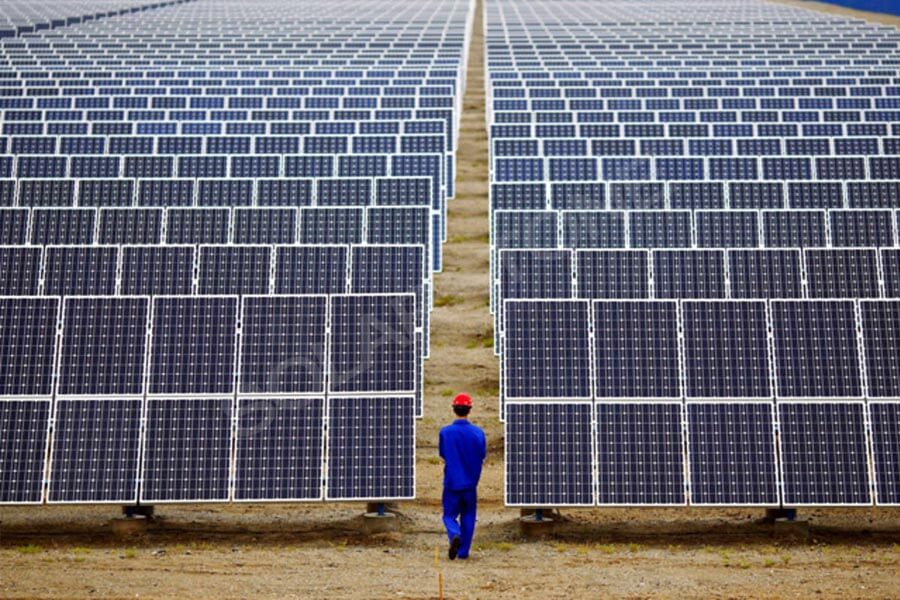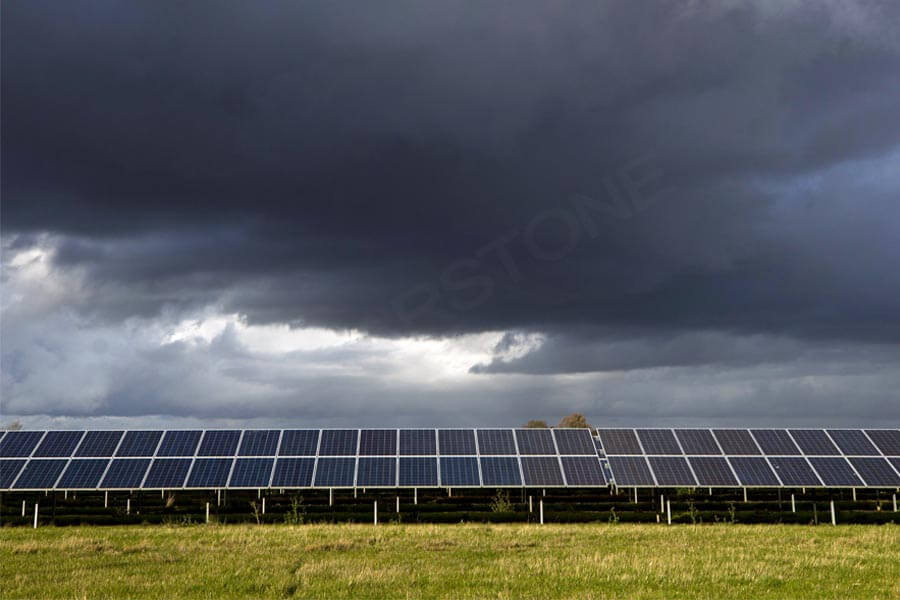It’s hot. What about our photovoltaic power station?
Many people say that the sun is so big in summer, and the power generation of photovoltaic power stations must be very high. However, don’t just let the photovoltaic power station make money and save electricity for you, but also care about its performance occasionally.
So, the weather is so hot in summer, what about our photovoltaic power station( If the temperature is too high and the air humidity is too high, it will often bring negative impact and even potential safety hazards to the photovoltaic power station.)
1. Maintain ventilation
Whether solar panels or inverters, the distribution box shall be ventilated to ensure air circulation. For the solar panels of the roof photovoltaic power station, it is important not to unreasonably arrange the layout of the solar panels of the photovoltaic power station in order to increase the power generation, resulting in mutual shielding between the solar panels and the solar panels, affecting the heat dissipation and ventilation, resulting in low power generation.
Therefore, if someone asks you to install more solar panels in a limited area, be careful. Reliable brands will provide the most reasonable design on the premise of maximizing power generation according to your roof conditions before installation, rather than letting you install more solar panels.
For the owners of photovoltaic agricultural greenhouses, ventilation should be considered. Vents can be set in the light blind area behind the greenhouses, so as to ensure the suitability of the temperature of the operating environment of the photovoltaic power station to the greatest extent without affecting crop growth.
2. Sundries around the photovoltaic power station shall be cleaned in time
To avoid affecting the heat dissipation of the photovoltaic power station, it is necessary to ensure that the photovoltaic solar panel, inverter and distribution box are open around. If there is debris accumulation, it shall be cleaned in time.
3. Set up a sunshade for the inverter distribution box
Household inverters are generally IP65 protection grade, with a certain level of wind, dust and water resistance. However, when the inverter and distribution box work, they also need to dissipate heat. Therefore, when installing the inverter and distribution box, it is best to install them in a place where they are shaded and protected from rain.
If they must be installed in open air, then make a simple sunshade for the inverter and distribution box to prevent direct sunlight. Avoid making the temperature of inverter and distribution box too high and affecting the power generation.
Thunder, what about our photovoltaic power station?
The recent thunderstorm has worried many people who want to install household photovoltaic power generation systems. Someone asked, “does it matter if the photovoltaic system is struck by lightning?”
Whether it is the newly installed users or the users who have been connected to the grid for power generation, it is quite necessary to take lightning protection measures before the thunderstorm season.
First, look at the harm of lightning to solar panels:
As the core part of photovoltaic power generation system, solar panel is also the highest in terms of investment. As solar panels have been placed in the outside world for a long time, they have naturally become a place “patronized” by lightning. It usually suffers from direct lightning, strong pulse current, hot high temperature and violent electric power, resulting in the paralysis of the whole system and fire in serious cases.
Secondly, the harm to inverter:
Inverter plays the role of central nervous system in photovoltaic system. Although the cost is not the highest, the function is the largest. The inverter converts the DC generated by the solar panel into AC for the load or incorporated into the power grid. If the inverter is not grounded, it will be struck by lightning, resulting in damage to the inverter, resulting in no voltage input to the user’s load and the equipment can not work.
When the inverter cannot invert the voltage, the DC voltage on the solar panel will be directly used by the load. If the voltage of the solar panel is too high, it will directly burn the electrical equipment.
We understand the seriousness of the harm caused by lightning intrusion into the power station. We should take precautions earlier. Let’s take a look at the preventive measures.
When the photovoltaic equipment is placed on the top of the built building, the original external lightning protection system shall be considered. If the photovoltaic equipment is within the protection range, it is not necessary to add an external lightning protection system.
On the contrary, it is necessary to add an external lightning protection system. Good grounding reduces the grounding resistance, so that the lightning current can be introduced into the earth and the ground potential can be reduced. All grounding devices should be connected with each other through the grounding bar to achieve common grounding and prevent the ground potential from counterattack.
If you want lightning protection, the most effective and widely used method is to connect the metal parts of electrical equipment with the earth. The connecting part shall be welded by electric welding or gas welding, and tin welding shall not be used!
If it is impossible to weld on site, riveting or bolt connection can be adopted. To ensure the contact surface of more than 10cm2, the buried depth of grounding body should be more than 0.5 ~ 0.8m. Remember that the backfill must be compacted.
Our photovoltaic system is equipped with lightning protection device. Lightning protection modules are added to the combiner box, inverter and other electrical equipment of the system components to protect against indirect lightning.
Moreover, the combiner box, inverter and other equipment lines have the function of overload protection. In case of abnormal voltage, the system will automatically close and disconnect.





